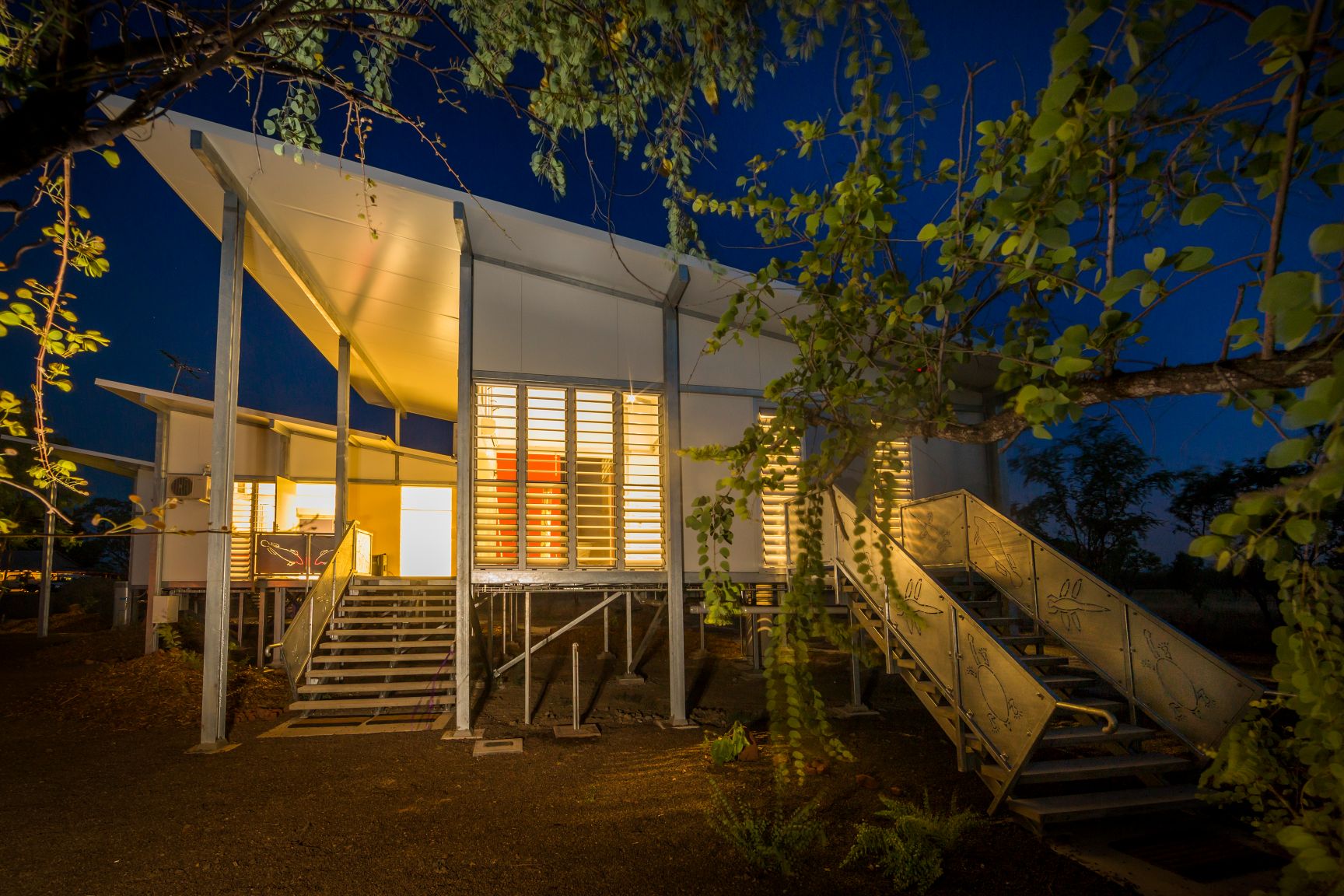
“Design reflects society” – Ros Moriarty on how Indigenous narrative equals better placemaking
“Design reflects society” – Ros Moriarty on how Indigenous narrative equals better placemaking
Share
Balarinji managing director Ros Moriarty discusses how a co-design methodology with local Aboriginal shareholders is required to create urban places connected to Place and Country.
Nearly 40 years ago, Ros and her husband Yanyuwa man John Moriarty founded the Indigenous design studio to foster authentic engagement and understanding of Aboriginal Australia for major projects nationally.
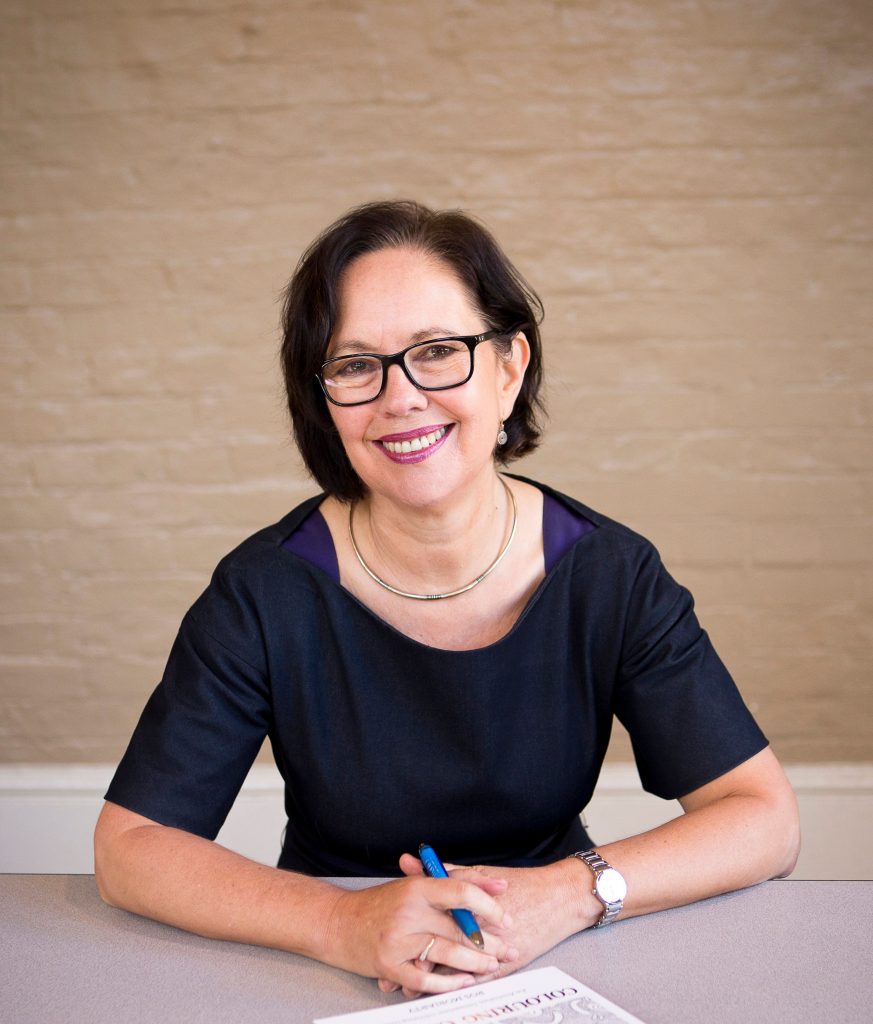
The duo were recently awarded Good Design Australia’s 2021 Australian Design Prize for their contribution to Australian design, partnering with a range of clients, including Qantas, Transport for News South Wales and Espresso throughout their illustrious career.
Speaking with ADR recently, Moriarty says the Aboriginal worldview offers a “very rich and exciting source of thinking for the design community” in today’s urban placemaking.
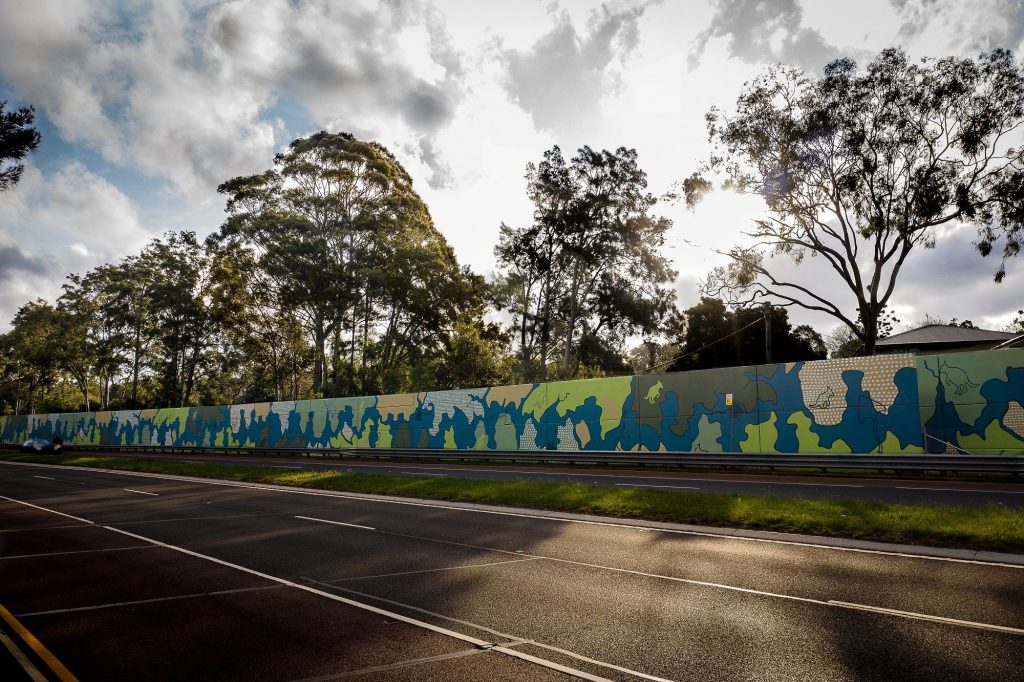
“We are now seeing in Australian consciousness this idea of connecting with Country, being something that can inform our public places and our redevelopment, and this is a big stretch from where we started.
“The Aboriginal lens is a very different one from a Western lens and we’re seeing that become important to design teams and to governments that want to reflect something more uniquely local.”
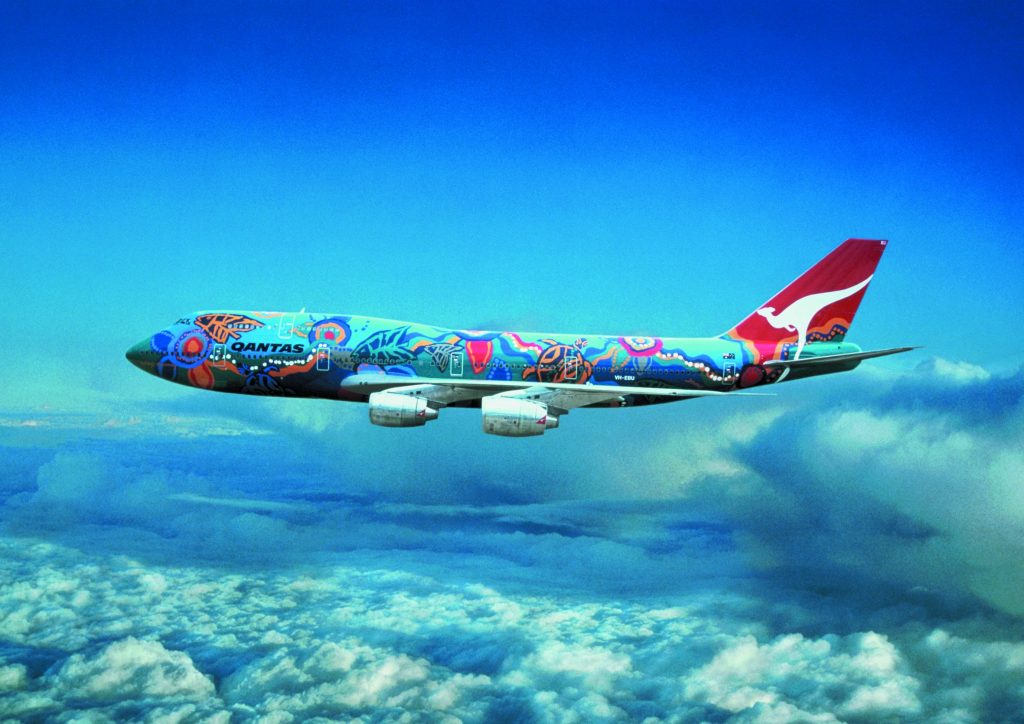
Moriarty says placemaking is much more than material or structural aesthetics, but rather supplies a “layered story of who has come before” and what story wants to be told in the future.
“Australia’s foundational Aboriginal narrative offers an original framework of thinking for placemaking, but has largely been missing from our public spaces,” she explains.
“So, placemaking is to me a holistic view of everything it takes to create a place that not only orientates or houses people or performs work, but also responds to how people see their place in the world.”
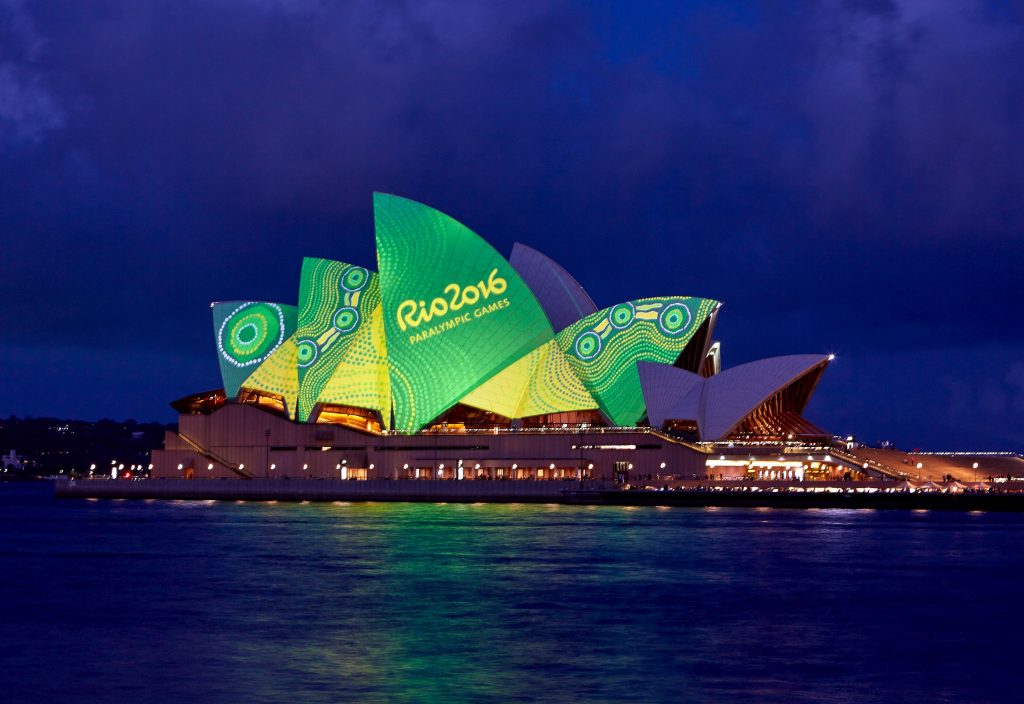
And Australian architects and planners are largely lagging behind in this respect.
Moriarty explains a co-design interpretation requires deep engagement with Indigenous stakeholders to draw out knowledge, protocols, history, culture and the contemporary stories and activate an authentic voice from beginning to end.
“The co-design methodology is something that we’ve developed for a very long time. It’s about bringing local Aboriginal voices into the conversation about a project and really working in deep collaboration,” she says.
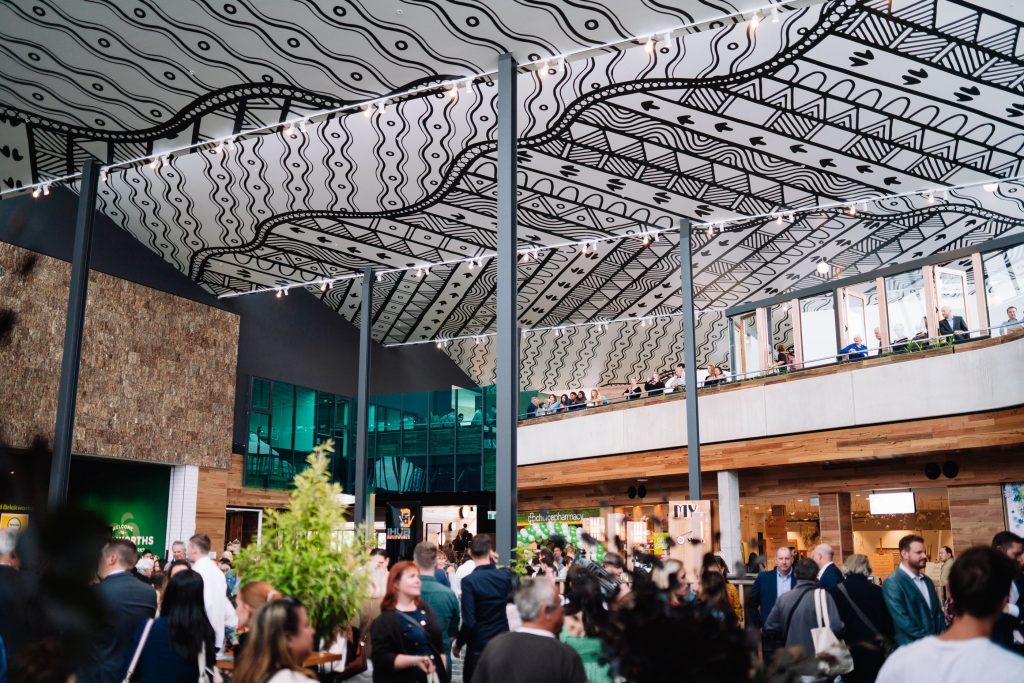
“So Balarinji has developed cultural design principle frameworks as we have quite a strong methodology of working with a historical platform that is often written by Europeans – the colonial commentators back in that time in urban areas.
“But we seek to take that interpretation immediately into a community context, letting the people speak to that history and for their heritage, but more importantly, tell their contemporary story and what their aspirations for the future are.
“So our role is to really translate all that for the design team, and bring all parties into the process face to face.”
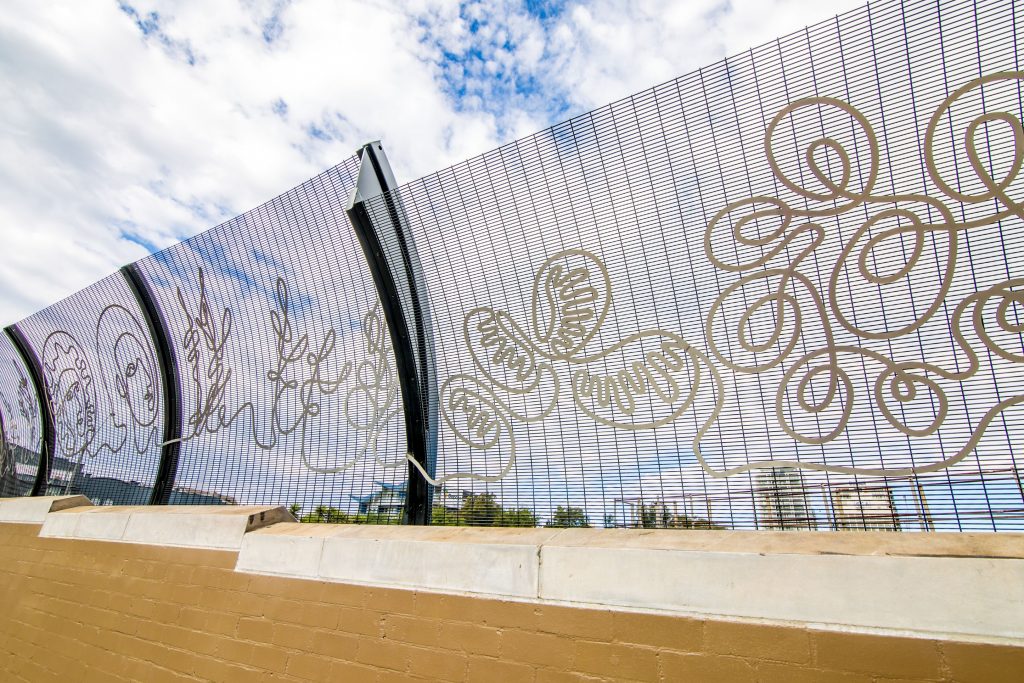
When asked what the broader social implications are when Aboriginal frameworks are neglected, Moriarty provides a comprehensive perspective.
“It’s a loss of potential really.
“As Australians, we’re missing the opportunity to capture our unique place in the world, underpinned by an extraordinary culture, an extraordinary intellectual tradition, a sense of family and a society and spirituality that is like no other on earth.
“So definitely look at what is around. Find a partner from the Aboriginal community that can complement the expertise that’s being built within a project team, so the response is as well informed as possible.
“Design reflects society. And I think society is the reason why design has been late to the table on this to date.”
Lead photo: Balarinji managing director Ros Moriarty with husband Yanyuwa man John Moriarty. All photography supplied by Balarinji unless otherwise specified.
Moriarty previously spoke with ADR to discuss why the industry is perfectly positioned to be a changemaker for belonging and cultural inclusivity.

